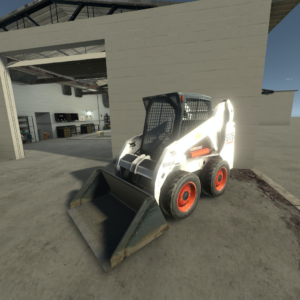Immersion, interaction, and experience-oriented learning: Bringing virtual reality into FL learning
 Virtual reality (VR) is not only attracting the attention of the information and computer technology (ICT) industry (Shirer & Torchia, 2017), especially in the production of consumer VR hardware, but also that of educators. Three years in a row, the Horizon Reports of 2016, 2017, and 2018 have mentioned that VR, or mixed reality, is one of the most important technologies that will be generally adopted in education in the very near future (Adams Becker, Freeman, Giesinger Hall, Cummins, & Yuhnke, 2016; Freeman, Adams Becker, Cummins, Davis, & Hall Giesinger, 2017; Adams Becker et al., 2018). Furthermore, mixing VR with physical environments allows the learners’ spaces to be redesigned and expanded (Adams Becker et al., 2018). The online Cambridge Dictionary defines VR as “a set of images and sounds, produced by a computer, that seem to represent a place or a situation that a person can take part in.” Such an environment can be either authentic or imaginative.
Virtual reality (VR) is not only attracting the attention of the information and computer technology (ICT) industry (Shirer & Torchia, 2017), especially in the production of consumer VR hardware, but also that of educators. Three years in a row, the Horizon Reports of 2016, 2017, and 2018 have mentioned that VR, or mixed reality, is one of the most important technologies that will be generally adopted in education in the very near future (Adams Becker, Freeman, Giesinger Hall, Cummins, & Yuhnke, 2016; Freeman, Adams Becker, Cummins, Davis, & Hall Giesinger, 2017; Adams Becker et al., 2018). Furthermore, mixing VR with physical environments allows the learners’ spaces to be redesigned and expanded (Adams Becker et al., 2018). The online Cambridge Dictionary defines VR as “a set of images and sounds, produced by a computer, that seem to represent a place or a situation that a person can take part in.” Such an environment can be either authentic or imaginative.







